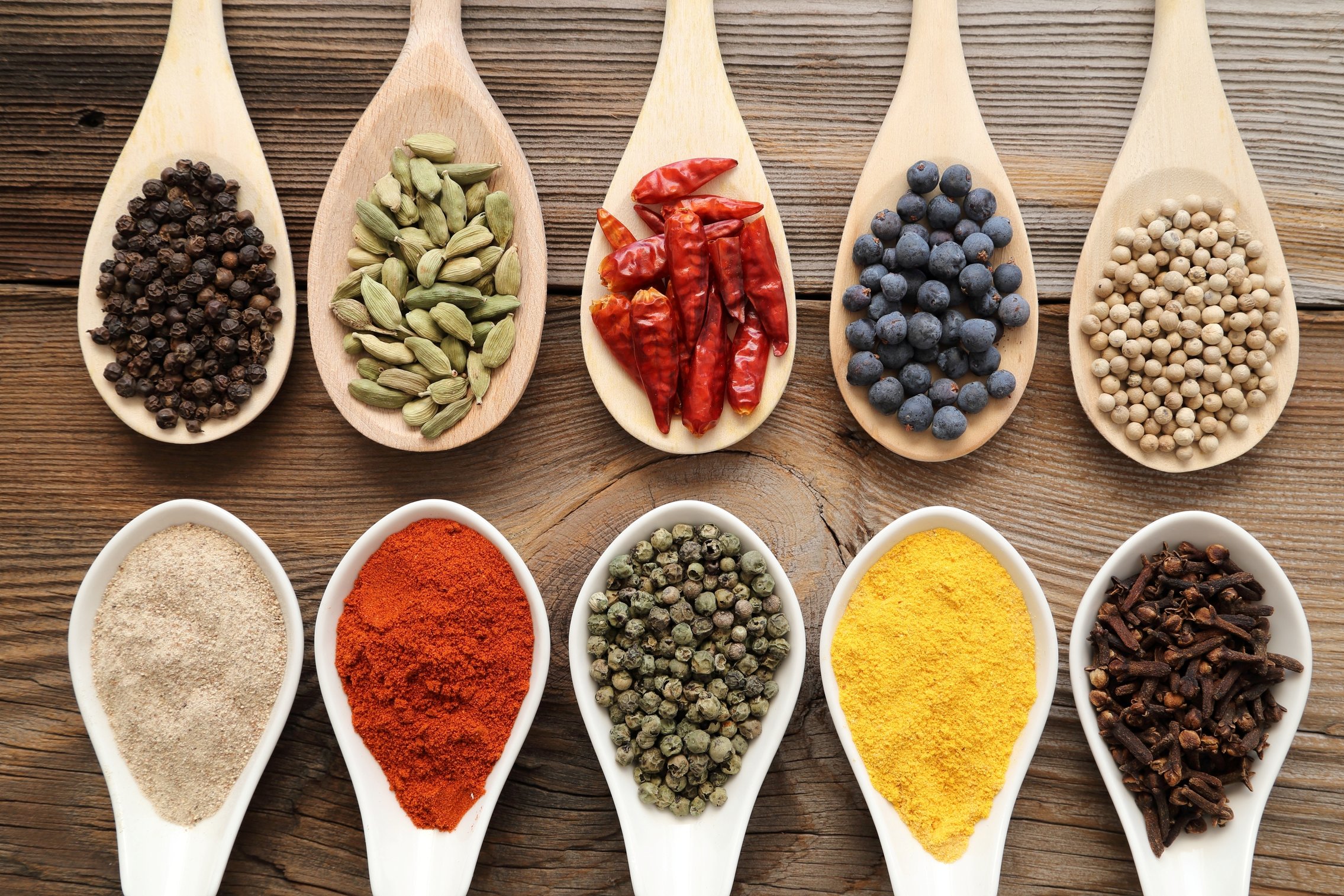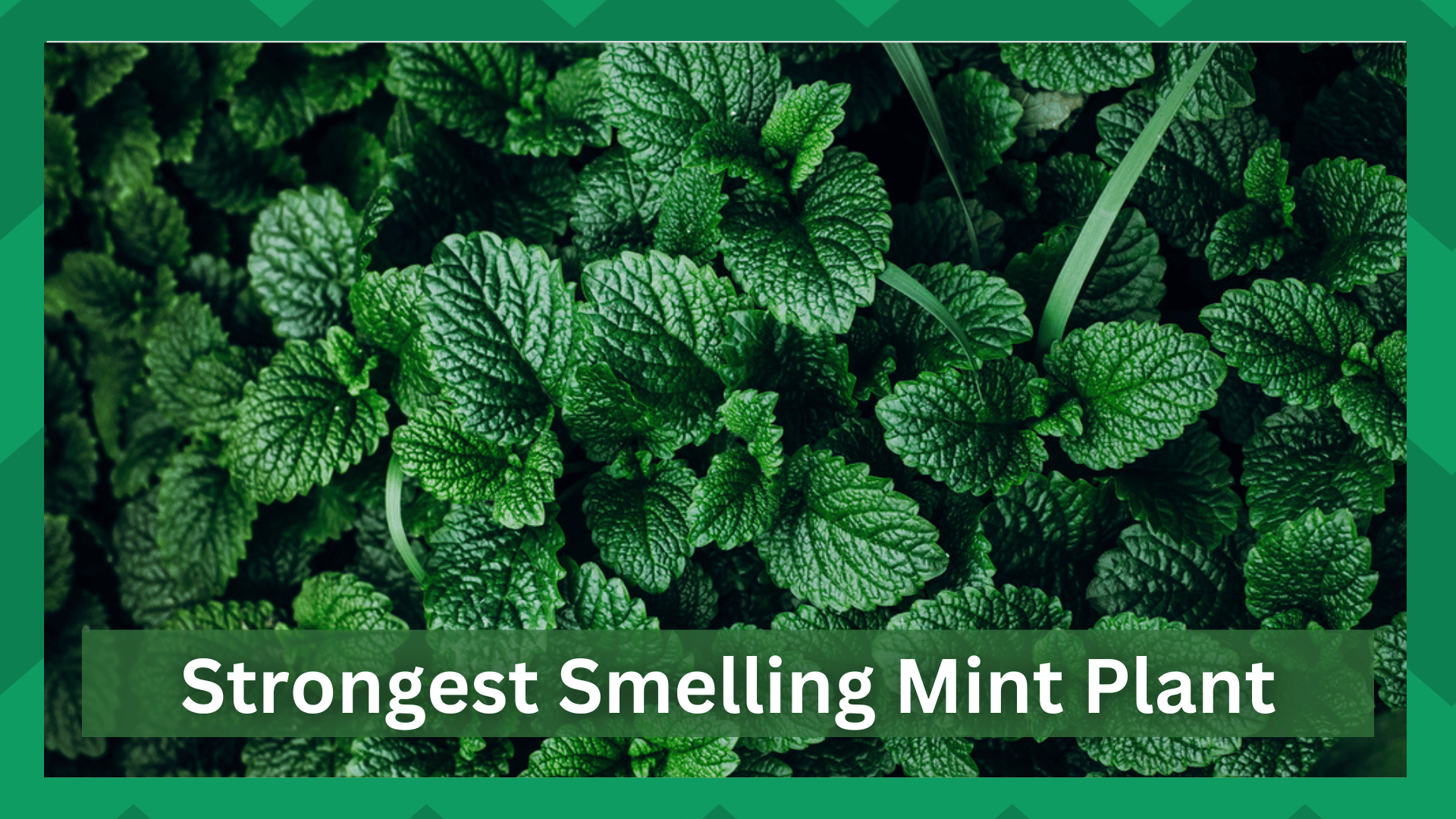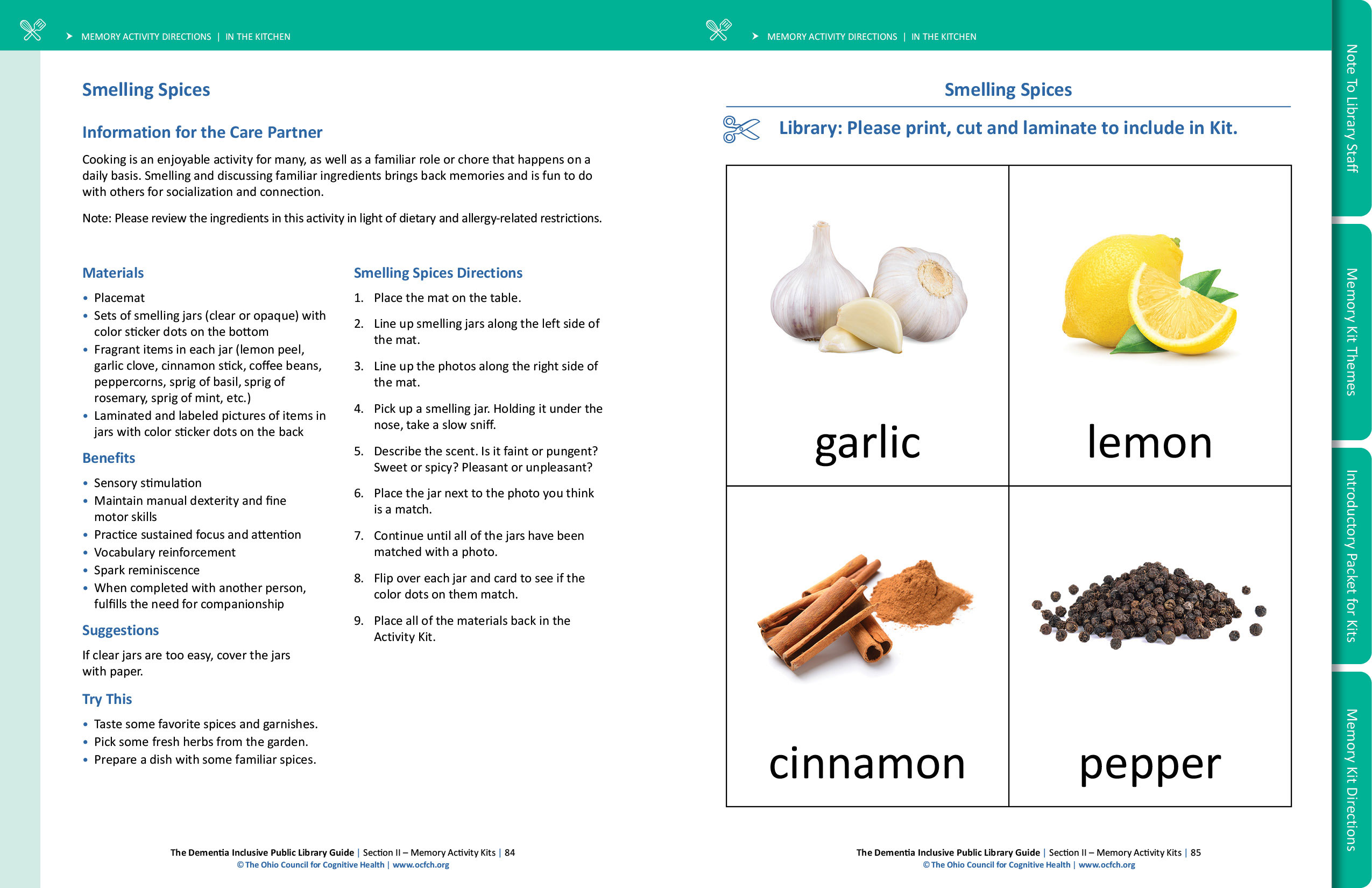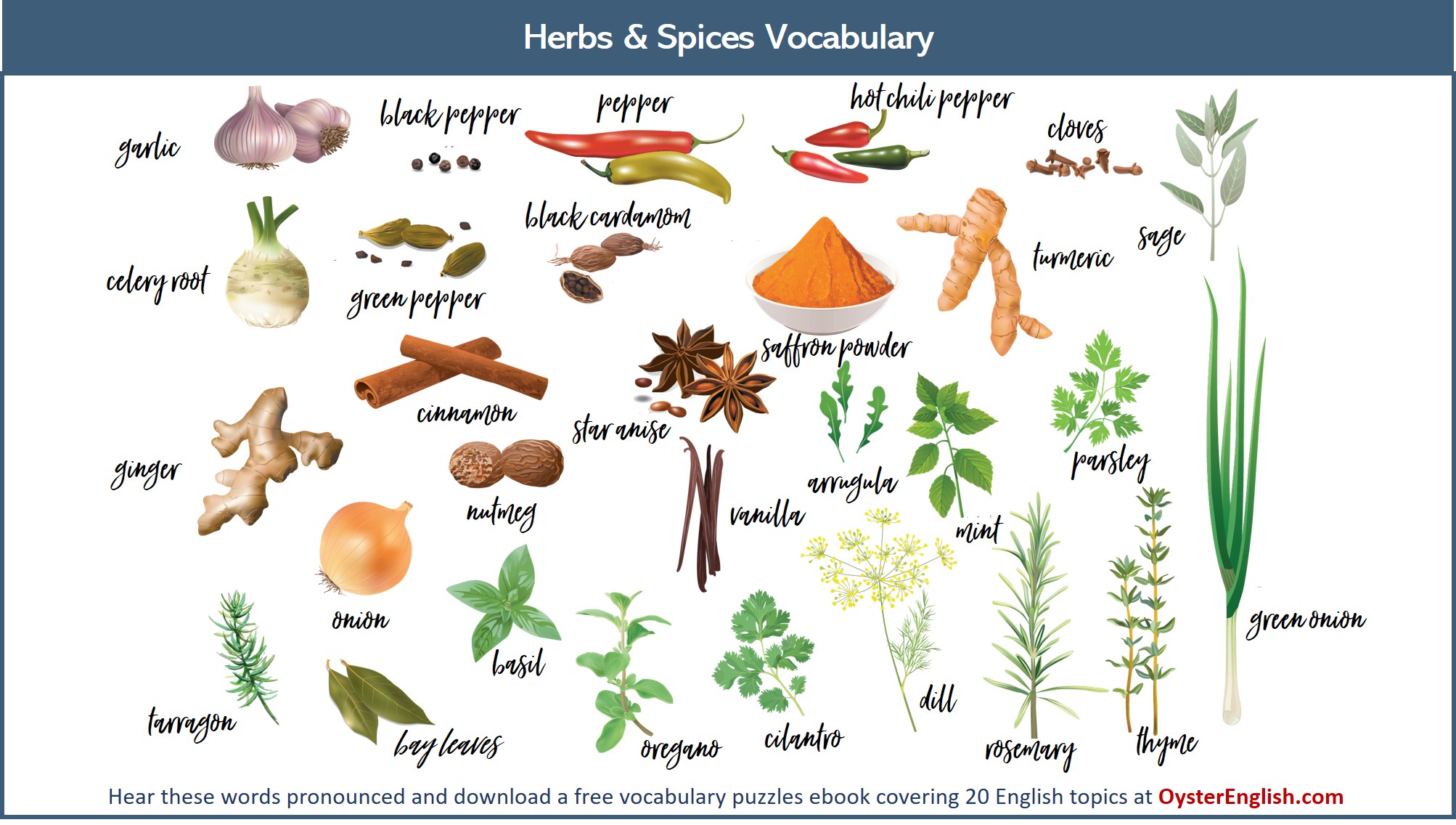
That Stinky Stuff: Seriously, What’s the Most Powerful-Smelling Spice?
Sniffing Out the Truth, One Nose-Wrinkle at a Time
Alright, let’s be real. We’ve all encountered a spice that just…hits you. Like, BAM. You walk into a room, and suddenly, your nostrils are doing the tango. But which one reigns supreme in the “whoa, that’s intense” department? It’s not just about a big whiff, right? It’s about that lingering feeling, the way it sticks to your clothes, the sheer, undeniable presence. We’re talking spices that don’t politely knock; they kick down the door and announce themselves.
Now, to get all science-y for a sec, it’s about these little things called volatile compounds. Basically, the stuff that makes a spice smell, and how much of it there is. Some spices are like a quiet whisper, others are like a foghorn. And let’s not forget, everyone’s nose is a bit different. What makes my eyes water might just be a gentle breeze to you. Plus, culture plays a big part. Ever tried something your grandma cooked that smelled like…well, a very specific memory? That’s spices for you.
We’re gonna dig into the history, too. Where did these pungent powerhouses come from? How did they end up in our kitchens? From ancient traders braving long journeys to your average Tuesday night dinner, these spices have stories to tell. And hey, sometimes the strongest smell isn’t the nicest. Ever walked past a dumpster on a hot day? Powerful, sure. Pleasant? Not so much.
Basically, this whole “strongest spice” thing is a wild ride. We’re mixing science with a bit of “hold your nose and see what happens.” Get ready, because your sense of smell is about to get a workout.

The Usual Suspects: Aromatic Heavyweights Step Into the Ring
Judging the Nose-Punch of Fragrance
Okay, so who are the big players here? First up, we’ve got asafoetida. Yeah, I know, sounds like something out of a fantasy novel. But trust me, this stuff is no joke. Raw, it smells like… well, let’s just say a lot of people compare it to onions and garlic that have been left out in the sun. It’s intense. Like, “open a window” intense. But cooked? Magic.
Then there’s fenugreek. Sweet at first, like maple syrup, but don’t let that fool you. If you go overboard, it’ll take over everything. Especially the roasted seeds. They leave a scent that clings to everything, including your dreams. It’s got staying power, that’s for sure. You’ll be smelling it for a while.
Cumin’s next. Warm, earthy, and it fills a room like nobody’s business. It’s not as in-your-face as asafoetida, but it’s got a presence. Especially when it’s toasted, the oil in it just explodes with aroma. Some folks find it a bit much, especially if you’re generous with it. It just keeps on giving, that cumin.
And let’s not forget cloves. Sweet and spicy, with a punch that’ll knock your socks off. It’s got this numbing thing going on, too, thanks to a compound called eugenol. It’s the kind of smell that takes center stage and refuses to share the spotlight. Plus, you’ll find it in all sorts of stuff, not just food. It’s a very common scent.

Asafoetida: The Secret Weapon of Stinky Goodness
Unpacking the Mystery of its…Unique…Scent
So, asafoetida. “Devil’s dung,” they call it. And yeah, raw, it lives up to the name. But here’s the thing: when you cook it, it transforms. Like, Cinderella at the ball kind of transformation. That funky smell turns into this savory, umami flavor that’s just… wow. It’s like a secret weapon for vegetarian cooking.
This stuff comes from a plant in Iran and Afghanistan. It’s the resin that’s the culprit, packed with sulfur compounds. That’s why it smells like… well, you know. You gotta keep it in an airtight container, or it’ll take over your spice cabinet. And a little goes a long, long way. Trust me on this one.
In Indian cooking, it’s a lifesaver for folks who don’t eat onions and garlic. Adds that depth, that savory kick. It’s like the unsung hero of flavor. And hey, it’s got some medicinal uses, too. So, it’s not just about the stink, there’s a lot more to it.
Look, I get it. The raw smell is… challenging. But give it a chance. You might just be surprised. And hey, you’ll definitely have a story to tell. Just be ready to explain the smell. You’ll be asked about it.

The Nose Knows: The Science Behind the Smelly Stuff
Why Some Spices Are Like a Punch in the Face (Smell-Wise)
So, why do some spices just smell so darn strong? It’s all about those volatile compounds, remember? The more of them, the stronger the smell. They float around, hit your nose receptors, and boom, you’re smelling something. It’s like a tiny army of scent soldiers.
Our noses are pretty amazing. They can pick up on tiny amounts of these compounds. But things like temperature and humidity can change how strong a smell is. Warm spices smell stronger, that’s why cooking makes them pop. And hey, your nose gets used to smells after a while. Ever notice how you stop smelling your own perfume? That’s your nose being polite.
We forget how much our noses do. It’s not just smelling, it’s how we remember things, too. That smell of cinnamon can take you right back to grandma’s kitchen. It’s a powerful sense. And some spices, well, they just make sure you don’t forget them.
Understanding how smells work makes you appreciate spices even more. It’s a whole world of tiny molecules and nose receptors, and it’s pretty cool. Plus, it explains why that asafoetida smell won’t leave you alone.

From Kitchens to Cultures: Spices and Their Stories
More Than Just Flavor: Spices as Cultural Bridges
Spices have shaped history. They were traded, fought over, and used to explore the world. Asafoetida, for example, traveled the Silk Road, bringing its funky aroma to new lands. They’re not just for food, they’re part of how we got here.
In India, spices are more than just flavor. They’re part of traditional medicine, used to balance the body and mind. It’s not just about making food taste good, it’s about making you feel good, too. That asafoetida is used for health is not a coincidence.
Every culture has its own spice story. Middle Eastern blends, Mexican chilies, it’s all part of what makes each place unique. It’s how we express ourselves, through food and spices. It’s a way to connect with each other.
Spices are more than just ingredients. They’re stories, memories, and a way to connect with the world. And some of them, well, they just make sure you remember them. Like, really remember them.
FAQ: Smells Like Questions, Right?
Let’s Get Real About Spice Smells
Q: What makes a spice smell so strong?
A: It’s all about those volatile compounds. The more there are, the stronger the smell. It’s like, little smell particles floating around.
Q: Is that asafoetida really the strongest?
A: It’s up there. It’s got a lot of sulfur compounds, which is why it smells like… well, you know. But everyone’s nose is different.
Q: How do you even use that stuff?
A: Very, very carefully. A pinch is all you need. Cook it in oil or butter at the start, and it’ll mellow out. It makes things taste good, even if it smells… interesting at first.